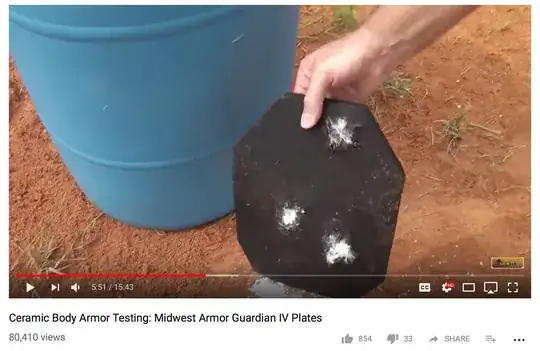So, this question has been asked before, but I would like to make a few stipulations regarding the specifics of my question.
Firstly, the aluminium in question is fabricated in modern times, and access to aluminium alloys and forges to produce them are available. Secondly, rather than use the aluminium to make true plate armor, I would want to use it to make a jacket of plates or a brigandine. The armor need not be bullet-resistant, but is instead generally used to prevent harm from melee weapons and creatures, i.e. bites, claws, etc.
Is this viable? And if not, what materials, alloys, or armor designs would be better?
Thanks in advance.
P.S. The reason for aluminium being chosen was initially justified by the story taking place in Iceland. Iceland does not naturally have aluminium deposits, but hundreds of thousands of tons of aluminium ore are shipped to Iceland annually for smelting, as Iceland's geothermal energy allows for the generally costly processing to be quite inexpensive even after the transportation costs. Thus, in the apocalyptic scenario of the story Iceland is cut off from the world, but hundreds of thousands of tons of unrefined aluminium, and the means to refine it, are left behind. I've considered steel and other more conventional armor materials, but harvesting it would require tearing down their own buildings and vehicles in order to obtain it.
